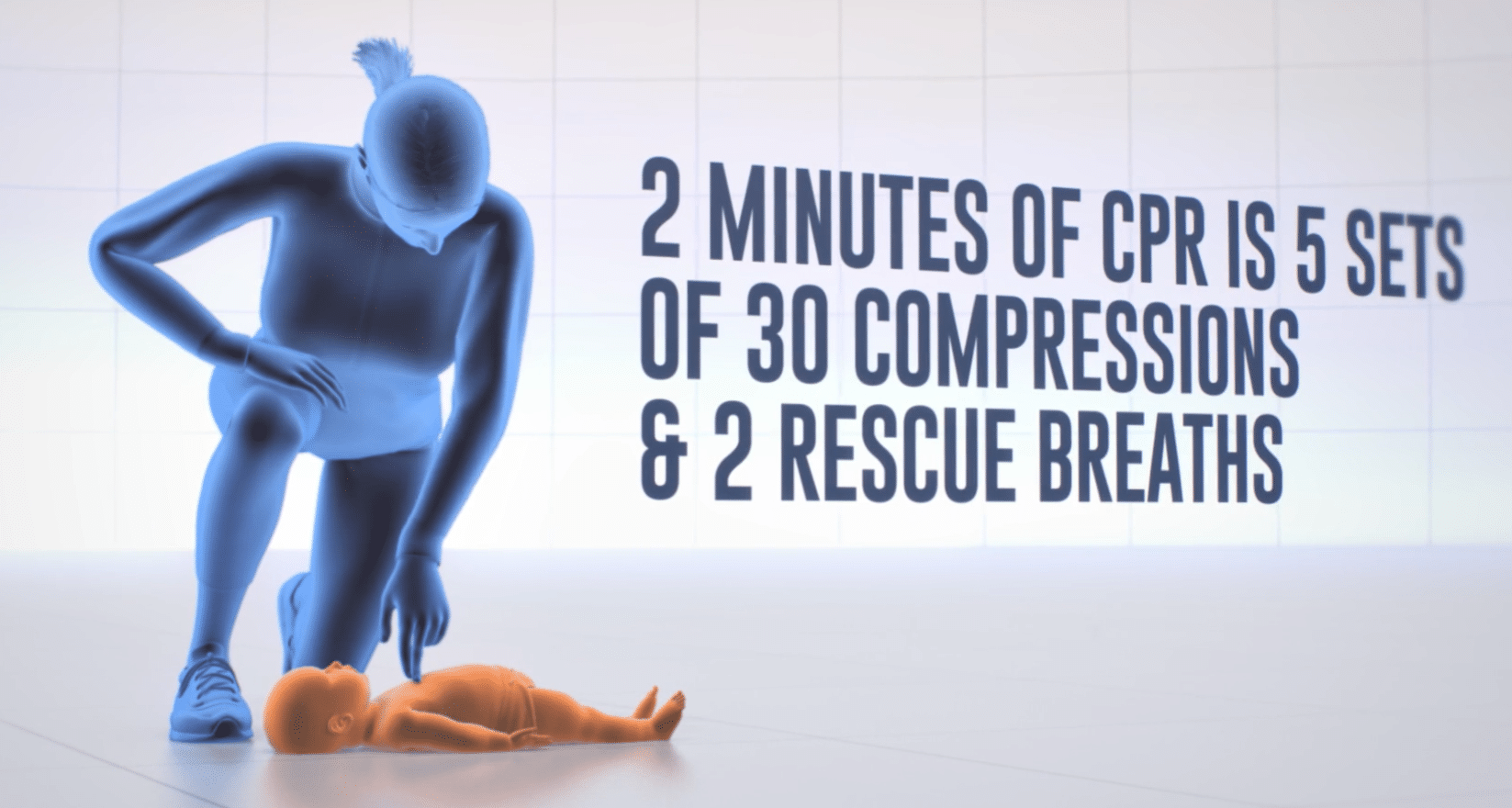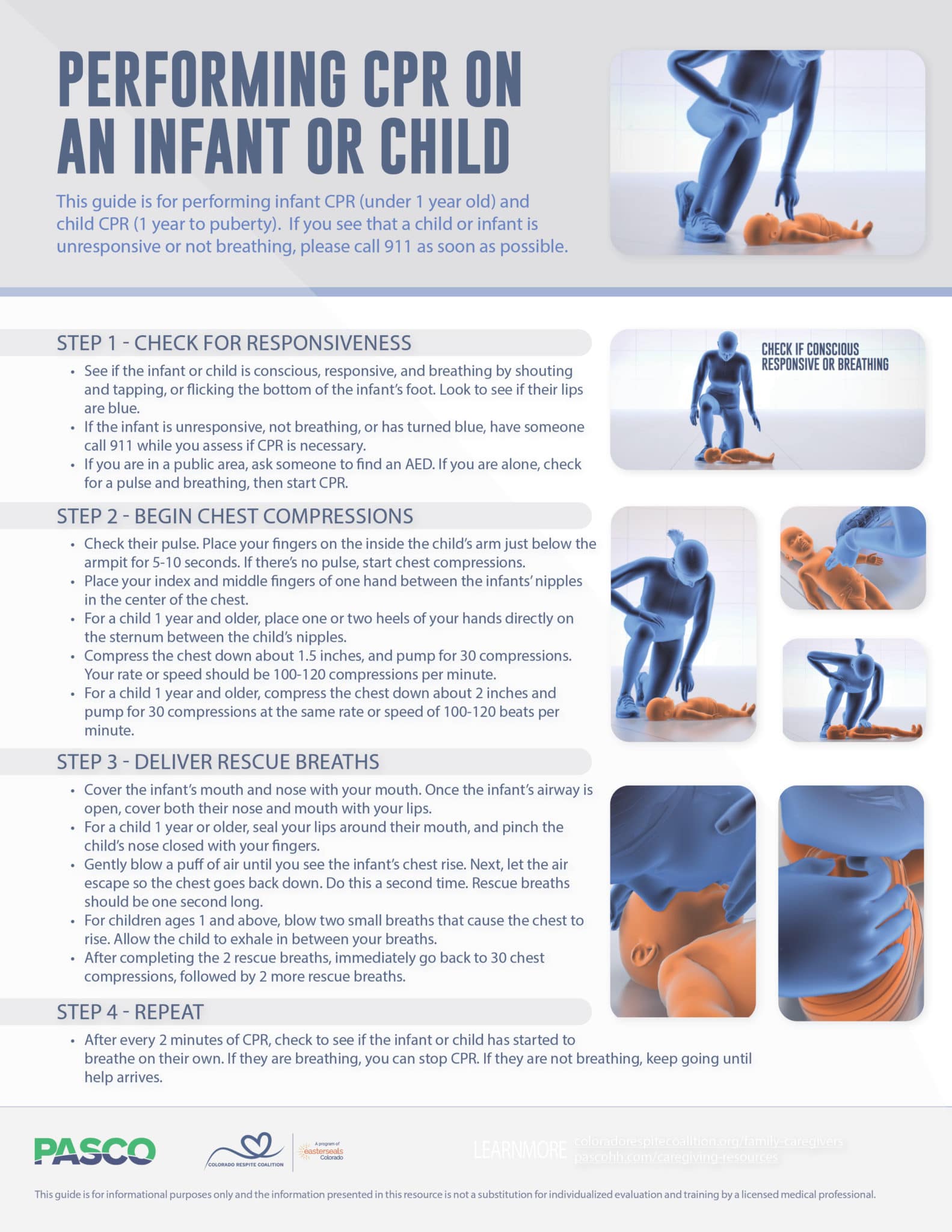This guide is for how to perform infant CPR (under 1 year old) and child CPR (1 year to puberty). If you see that a child or infant is unresponsive or not breathing, please call 911 as soon as possible.
Step 1 - Check for Responsiveness
- See if the infant or child is conscious, responsive, and breathing by shouting and tapping, or flicking the bottom of the infant’s foot. Look to see if their lips are blue.
- If the infant is unresponsive, not breathing, or has turned blue, have someone call 911 while you assess if CPR is necessary.
- If you are in a public area, ask someone to find an AED. If you are alone, check for a pulse and breathing, then start CPR.
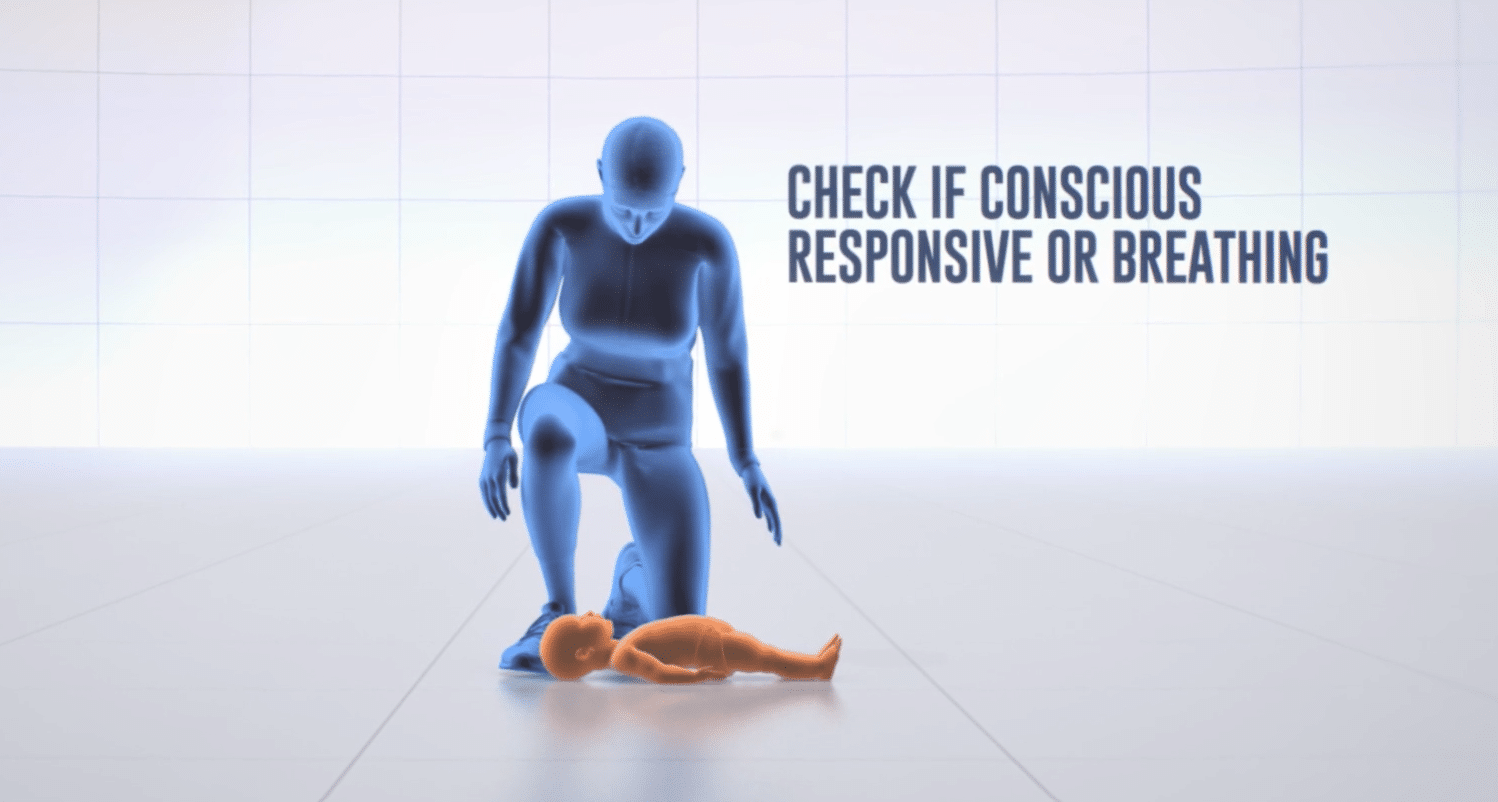
Step 2 -Begin Chest Compressions
- Check their pulse. Place your fingers on the inside the child’s arm just below the armpit for 5-10 seconds. If there’s no pulse, start chest compressions.
- Place your index and middle fingers of one hand between the infants’ nipples in the center of the chest.
- For a child 1 year and older, place one or two heels of your hands directly on the sternum between the child’s nipples.
- Compress the chest down about 1.5 inches, and pump for 30 compressions. Your rate or speed should be 100-120 compressions per minute.
- For a child 1 year and older, compress the chest down about 2 inches and pump for 30 compressions at the same rate or speed of 100-120 beats per minute.
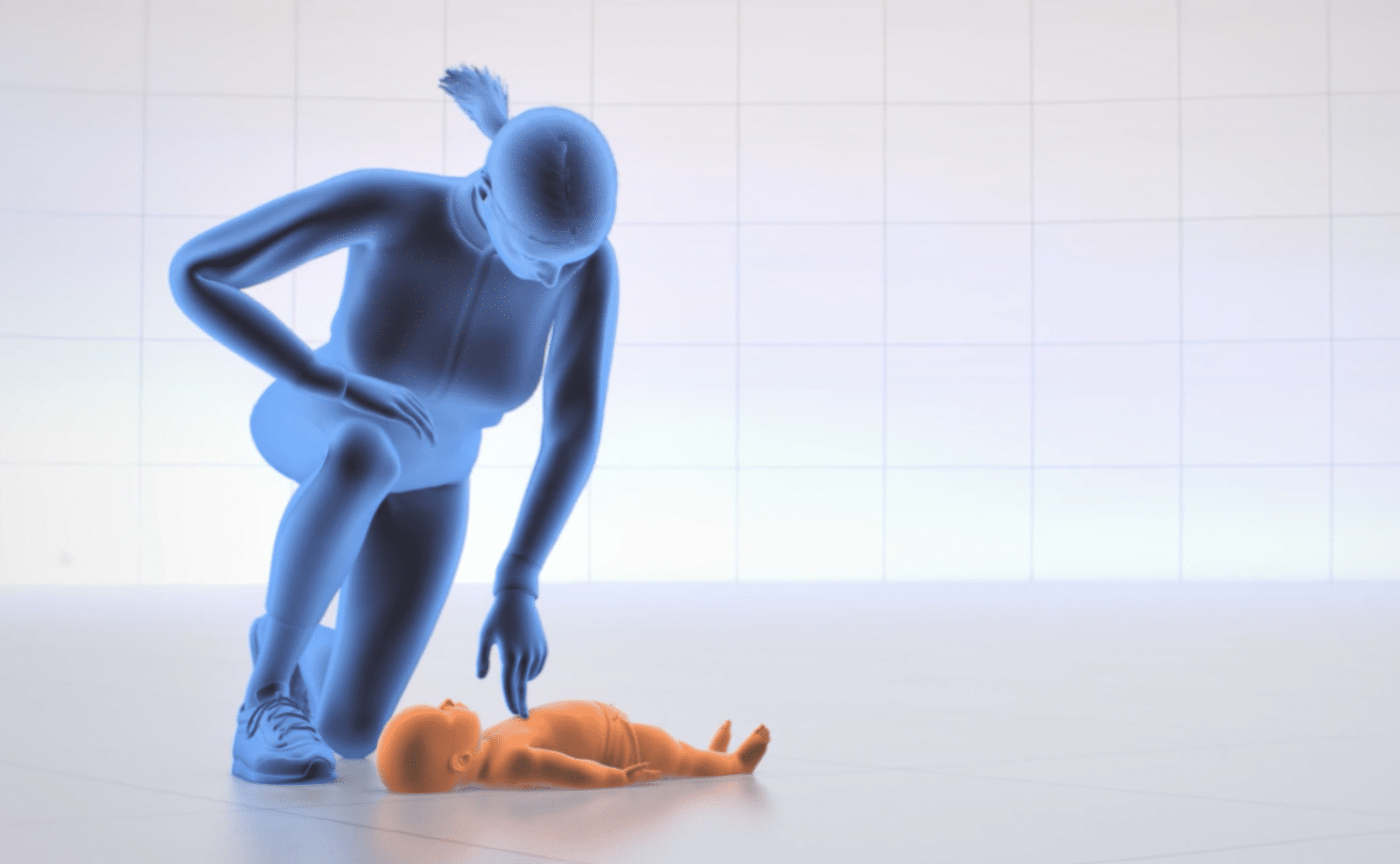
Step 3 - Deliver Rescue Breaths
- Cover the infant’s mouth and nose with your mouth. Once the infant’s airway is open, cover both their nose and mouth with your lips.
- For a child 1 year or older, seal your lips around their mouth, and pinch the child’s nose closed with your fingers.
- Gently blow a puff of air until you see the infant’s chest rise. Next, let the air escape so the chest goes back down.
- Do this a second time. Rescue breaths should be one second long.
- For children ages 1 and above, blow two small breaths that cause the chest to rise. Allow the child to exhale in between your breaths.
- After completing the 2 rescue breaths, immediately go back to 30 chest compressions, followed by 2 more rescue breaths.
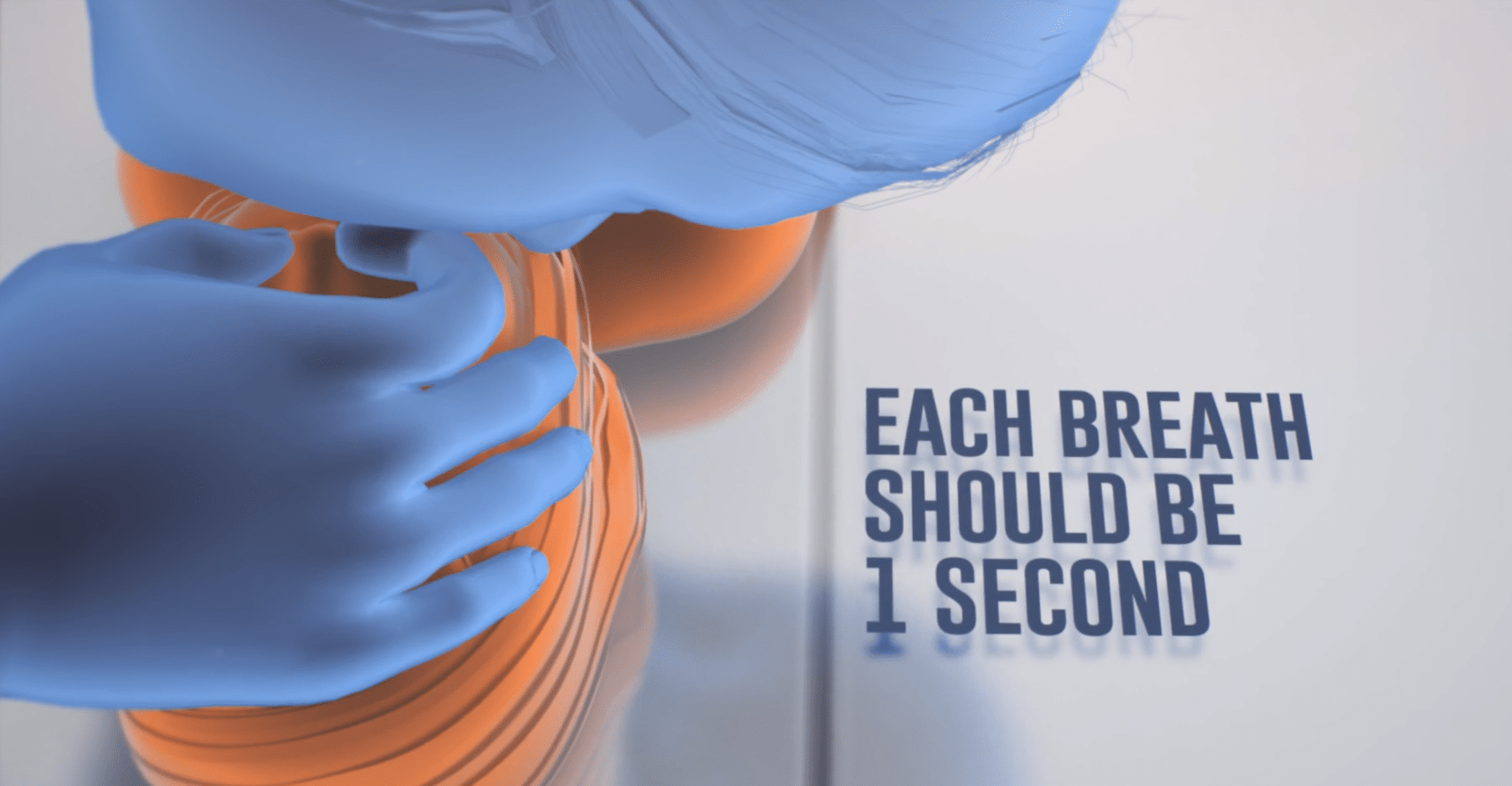
Step 4 -Repeat as Needed
- After every 2 minutes of CPR, check to see if the infant or child has started to breathe on their own. If they are breathing, you can stop CPR. If they are not breathing, keep going until help arrives.
